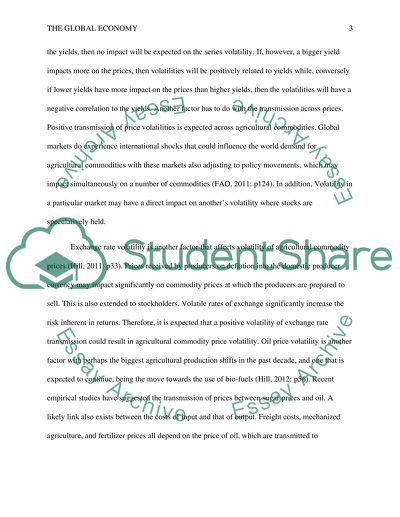Cite this document
(“The Global Economy Essay Example | Topics and Well Written Essays - 2500 words”, n.d.)
The Global Economy Essay Example | Topics and Well Written Essays - 2500 words. Retrieved from https://studentshare.org/macro-microeconomics/1403736-choose-any-two-questions-from-the-given-four
The Global Economy Essay Example | Topics and Well Written Essays - 2500 words. Retrieved from https://studentshare.org/macro-microeconomics/1403736-choose-any-two-questions-from-the-given-four
(The Global Economy Essay Example | Topics and Well Written Essays - 2500 Words)
The Global Economy Essay Example | Topics and Well Written Essays - 2500 Words. https://studentshare.org/macro-microeconomics/1403736-choose-any-two-questions-from-the-given-four.
The Global Economy Essay Example | Topics and Well Written Essays - 2500 Words. https://studentshare.org/macro-microeconomics/1403736-choose-any-two-questions-from-the-given-four.
“The Global Economy Essay Example | Topics and Well Written Essays - 2500 Words”, n.d. https://studentshare.org/macro-microeconomics/1403736-choose-any-two-questions-from-the-given-four.


